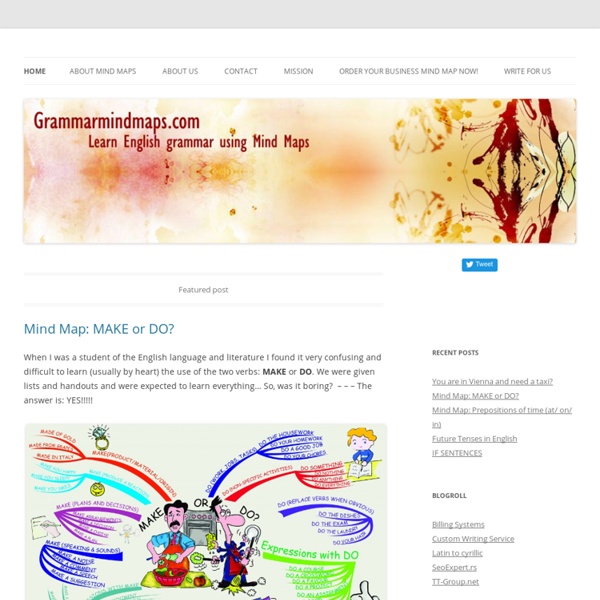



Grammar Students > Grammar Copyright © Oxford University Press, 2015. All Rights Reserved. Free Music Archive Google Image Result for English : The best site for the Students to learn English online. English Teacher Resources and Materials Woodward English loves to help English teachers around the world and the objective of this section is to make teachers and parents' lives easier. How to use this Website We have created many grammar topics. You can refer your students to the student section of grammar.cl (the can click the green button on the right to go straight there). The student section is great as a reference guide should students have any doubts and also to practice areas they may need more help with. Free Printable Worksheets for English Classes We have created downloadable worksheets covering some of the grammar topics. If you like, your students can also check their own answers on the "Answers" Page next to each topic. Permission is hereby given to download and photocopy these worksheets free of charge for use by individual teachers in their classrooms on the condition that no changes be made to the exercise sheet. These exercises cannot by published on any other website. English Lesson Plans for Teachers
Writing Exercises and Prompts January 2018 Game On in 2018: 2 Grammar Games to Engage ELLs by Elinor Westfold and Loren Lee Chiesi Grammar can induce dread or—worse—boredom in English language learners (ELLs). In 2018, resolve to make learning grammar more fun for your students. Playing games during grammar class is one of the easiest ways to motivate ELLs to practice challenging grammar structures. Games help students focus on grammatical forms in meaningful contexts and build automaticity. We developed the following two games to help our high intermediate and advanced writing students practice accurately using subordinate clauses. Game 1: Adjective Clause Matching This 30-minute activity motivates ELLs to write accurate adjective clauses connected to pictures. Materials A PowerPoint presentation with high-interest pictures (see a sample presentation in PowerPoint or PDF)Index cardsA table at the front of the classroom Step 1 Put students in groups of three or four. Step 2 Step 3 Figure 1. Step 4 Figure 2. Step 5 Figure 3. Variations
English4u - English grammar exercises online ESL Kids World - Printable Worksheets, Flashcards & Resources for Kids 45 ways to avoid using the word 'very' Writers Write is your one-stop resource for writers. Use these 45 ways to avoid using the word ‘very’ to improve your writing. Good writers avoid peppering their writing with qualifiers like ‘very’ and ‘really’. They are known as padding or filler words and generally add little to your writing. According to Collins Dictionary: ‘Padding is unnecessary words or information used to make a piece of writing or a speech longer. Adding modifiers, qualifiers, and unnecessary adverbs and adjectives, weakens your writing. This post gives you 45 ways to avoid using the padding word ‘very’. Three Telling Quotes About ‘Very’ “Substitute ‘damn’ every time you’re inclined to write ‘very;’ your editor will delete it and the writing will be just as it should be. If you enjoyed this, you will love: Top Tip: If you want to learn how to write a book, sign up for our online course. by Amanda Patterson © Amanda Patterson
The Farmer and the Fortune Teller: Using stories to teach grammar – Jason Anderson – Teacher, teacher educator and author Some of us love grammar lessons, but others… If you, or your learners, fall into the second category, one great way to make grammar meaningful, interesting and even edifying is to adapt stories to include a little grammar that you can then extract and analyse. Stories provide for ‘Context, Analysis and Practice’ (C-A-P: something I’ll be talking about more at IATEFL Glasgow 2017, watch this space). Here’s how you can use them: Context – Live listening If you’re confident telling the story yourself, you can turn it into a listening activity even if you don’t have an audio player or speakers. Analysis – Noticing and understanding It’s useful at this stage to give them a copy of the story, and get them to underline examples of key words, tenses or sentences that you want them to notice. Practice built-in! A particular advantage of using stories is that once you’ve done the analysis, you can use the same story for the practice. Here’s an example from my website. Like this: Like Loading...